The ’70s were a different time, and looking back, it’s hard to believe some of the things that were considered totally acceptable back then. From workplace practices to household habits, certain behaviors that were once just part of daily life would definitely not fly in today’s world. Laws, social norms, and safety standards have evolved significantly, making many of these once-common practices seem almost unbelievable now.
What passed as normal in the ’70s might raise eyebrows or even shock us today. It’s a reminder of just how much society and its values have shifted in the last few decades. From products that were once sold without question to practices that were brushed off as harmless, the ’70s were a unique time. Let’s take a look at some of the things that were once perfectly legal but would be completely out of bounds now.
Playgrounds with Dangerous Equipment
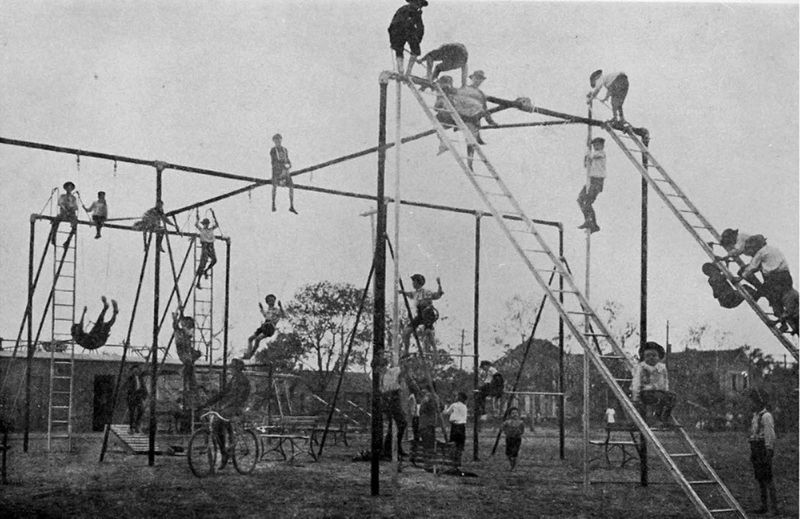
In the 1970s, playgrounds were more about adventure than safety. Metal slides heated by the sun and jungle gyms towering over concrete surfaces were common. These structures offered excitement but lacked today’s safety standards.
Today, such equipment would be replaced by plastic slides and soft flooring, designed to prevent injuries. Back then, a tumble or scrape was seen as a rite of passage.
Now, safety regulations ensure children play in more secure environments. Parents can feel more at ease knowing playgrounds are designed with injury prevention in mind.
Public Smoking
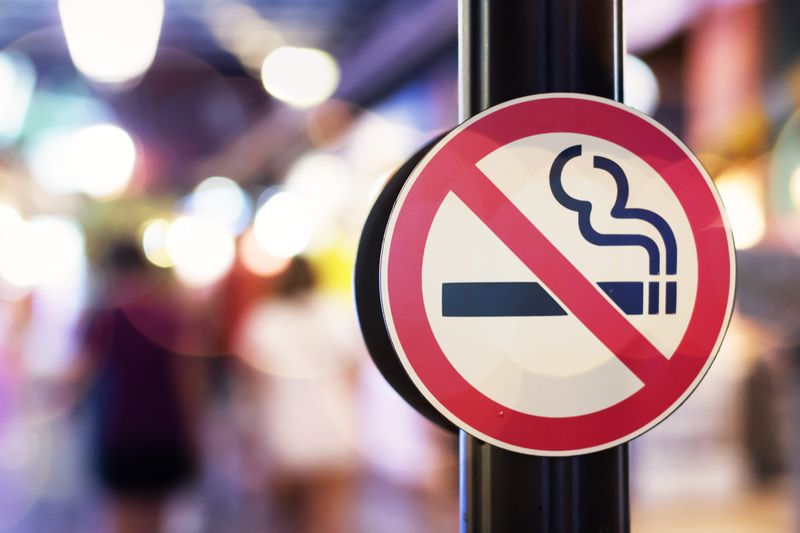
During the ’70s, public smoking was ubiquitous. Restaurants, planes, and even workplaces were filled with smoke.
Non-smokers had little choice but to inhale secondhand smoke, as smoking bans were almost non-existent. The health risks were not as well-publicized, and smoking was a social norm.
Today, strict laws ban smoking in most public spaces, protecting non-smokers from exposure. Airplanes, offices, and eateries are now smoke-free, reflecting a major shift in awareness about health and well-being.
Lead-Based Paint

Lead-based paint was a staple in many 1970s homes, valued for its durability. However, the hidden dangers of lead exposure were not widely recognized.
Children playing near peeling paint often ingested lead particles, leading to severe health problems. Today, lead-based paint is banned, and homes undergo inspections for lead.
Awareness has grown, and laws now protect families from lead poisoning. The shift reflects a broader understanding of environmental health and safety.
Lax Seatbelt Laws

In the 1970s, seatbelt use was optional. Many cars were not even equipped with them, and laws mandating seatbelt use were sparse.
Children frequently rode unrestrained, often in the back of station wagons, enjoying the ride without concern.
Today’s strict seatbelt laws and car safety features have drastically reduced vehicle fatalities. The change highlights significant advancements in road safety, prioritizing protection for all passengers.
Gender Discrimination in the Workplace

The ’70s workplace was often a male-dominated arena. Women faced overt discrimination, limited to roles like secretaries or assistants.
Advancement was hindered by societal norms and lack of legal protections against gender discrimination.
Nowadays, equal opportunity laws promote diversity and inclusion, offering women more equitable career paths. The progress underscores the importance of gender equality in creating balanced work environments.
Drinking at Work

In the ’70s, having a drink at your desk was as commonplace as your morning coffee. Office parties weren’t the only time booze made an appearance; it was often a regular feature of the workday.
The idea was that a little alcohol could foster creativity and camaraderie among colleagues.
Nowadays, such practices would likely violate company policies and alcohol regulations, leading to serious consequences. While the occasional happy hour remains, the permissiveness of the past is hard to fathom.
Childhood Hitchhiking Adventures

Back in the ’70s, it wasn’t uncommon for kids to hitchhike their way to school or explore nearby towns. This method of travel was seen as a rite of passage for adventurous youngsters.
Parents often viewed it as a practical solution to transportation issues.
Today, with increased awareness of safety risks and legal restrictions, such behavior would be strongly discouraged and potentially result in legal action. Parents now prioritize safety, utilizing carpools or public transport.
Lawn Darts
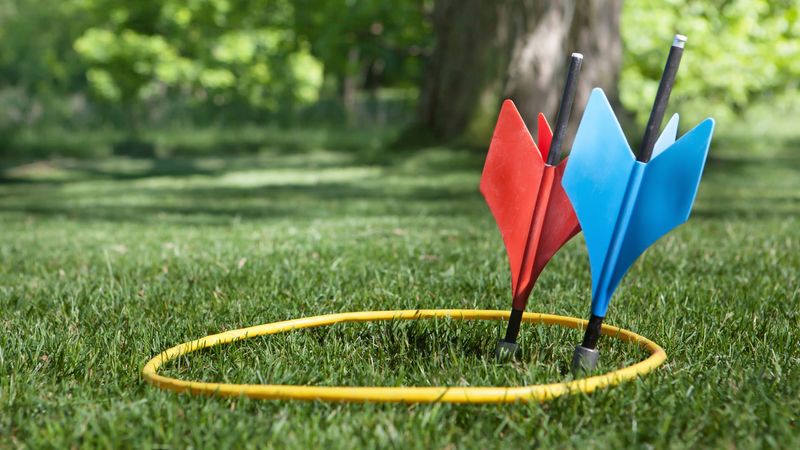
Lawn darts, also known as Jarts, were a popular outdoor game in the ’70s, despite their rather perilous design. The game involved throwing large, weighted darts at a target, often resulting in injuries.
Despite the risks, families embraced this pastime as a fun and challenging activity.
Modern safety standards would deem such toys far too dangerous, leading to their ban. Today, safer alternatives ensure that playtime remains injury-free for everyone involved.
No Helmets Required
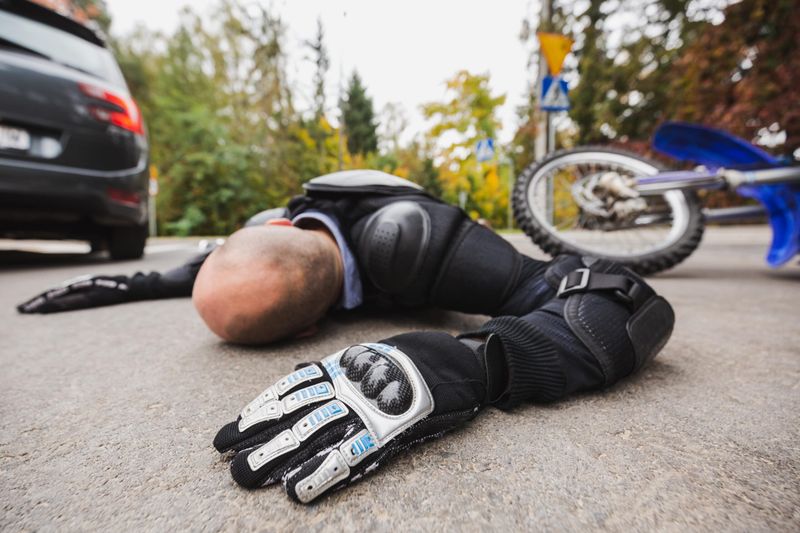
In the ’70s, helmets were a rare sight among bicyclists, especially children. Riding around without head protection was simply the norm, as safety gear was often considered unnecessary.
Parents relied on the hope of their kids’ natural caution to avoid accidents.
Nowadays, helmet laws for cyclists are widespread, reflecting a significant shift in attitudes toward safety. Protecting young riders is now a priority, and many places enforce strict helmet regulations to prevent serious injuries.
Questionable Medical Practices
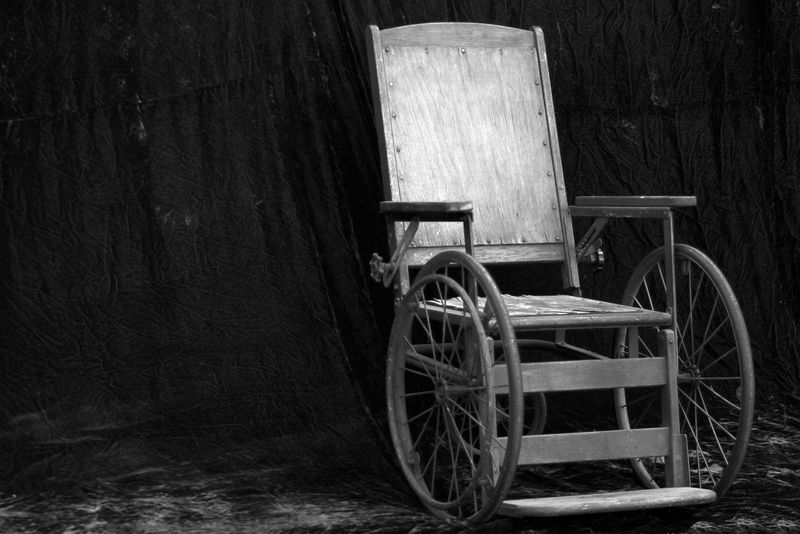
The ’70s were an era of fascinating, albeit questionable, medical practices. From stomach-stapling parties to bizarre fad diets, health fads ran rampant.
These practices were often experimental and lacked today’s rigorous testing and approval processes.
Contemporary medical regulations and ethical standards would classify many such procedures as illegal or highly regulated. Modern medicine emphasizes evidence-based practices, ensuring patient safety and efficacy over experimentation.
